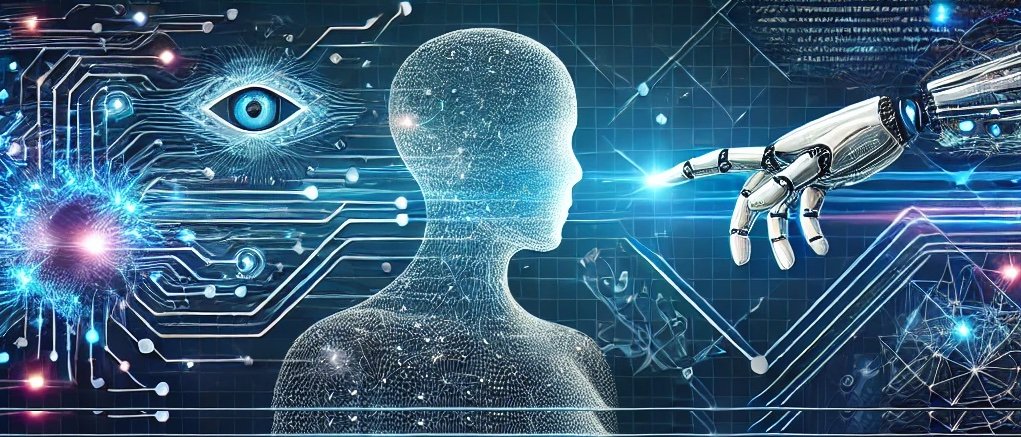In recent years, generative AI has moved from being a buzzword to a transformational force in software development. By 2025, AI-driven development has reached new heights, empowering developers to build better software faster while solving complex problems with ease.
What is Generative AI in Software Development?
Generative AI refers to artificial intelligence systems capable of creating content—from code and design prototypes to entire applications—with minimal human intervention. Unlike traditional programming, where developers write every line of code manually, AI-driven development leverages tools like OpenAI’s Codex, GitHub Copilot, and Google’s AlphaCode to automate much of the coding process. These tools use large language models trained on vast datasets to generate accurate, efficient, and scalable code based on simple prompts.
Benefits of AI-Driven Development
Generative AI brings a host of advantages to software development:
- Faster Development Cycles: By automating repetitive coding tasks, AI reduces the time required to build applications, allowing teams to focus on higher-level architecture and innovation.
- Improved Code Quality: AI models can identify errors, suggest optimizations, and enforce coding standards in real-time, ensuring cleaner, more maintainable code in AI-driven development.
- Accessibility for Non-Developers: Low-code and no-code platforms powered by generative AI enable non-technical users to create functional applications, democratizing software development.
- Cost Efficiency: Automated tools reduce the need for extensive manual coding, lowering development costs and enabling smaller teams to achieve more.
- Continuous Learning: Generative AI tools improve over time as they learn from developer interactions, resulting in smarter recommendations and higher productivity.
Use Cases of Generative AI in 2025
Generative AI is being applied across the software development lifecycle:
- Code Generation: Tools like GitHub Copilot provide auto-suggestions for functions, classes, and even entire modules, speeding up the coding process in AI-driven software.
- Bug Detection and Fixes: AI-driven debugging tools analyze codebases to identify vulnerabilities and recommend solutions, reducing downtime and enhancing security.
- Prototyping and Design: Generative AI can create UI/UX prototypes, design mockups, and wireframes based on simple text descriptions, accelerating the design phase.
- Testing and QA Automation: AI-powered testing tools generate test cases, simulate edge conditions, and ensure comprehensive code coverage.
- Legacy Code Modernization: AI tools refactor outdated codebases, making them compatible with modern technologies and improving performance.
Challenges of AI-Driven Development
While generative AI offers significant benefits, it also poses challenges:
- Reliability and Bias: AI models may generate incorrect or biased code due to limitations in training data.
- Security Risks: Automated code generation can introduce vulnerabilities if the AI is not properly vetted.
- Skill Gap: Developers need to adapt to working alongside AI, requiring upskilling and familiarity with these tools.
- Ethical Concerns: The use of generative AI raises questions about intellectual property and the potential displacement of traditional development roles in AI-driven environments.
The Future of AI-Driven Development
Looking ahead, generative AI will likely evolve into a core component of software development. Here are some trends to watch in 2025 and beyond:
- AI-First Development Environments: IDEs will increasingly integrate AI as a native feature, offering seamless support for code generation, debugging, and testing in AI-driven development processes.
- Domain-Specific AI Models: Industry-specific AI models will emerge, offering tailored solutions for fields like healthcare, finance, and gaming.
- Collaborative AI Tools: AI systems will become better at collaborating with developers, understanding intent, and providing context-aware suggestions.
- Regulation and Governance: Governments and organizations will implement standards to ensure ethical AI use, minimizing risks while maximizing benefits.
Final Thoughts
Generative AI is not just a tool for developers—it’s a paradigm shift in how software is created. By accelerating development cycles, enhancing code quality, and democratizing access to technology, AI-driven development is reshaping the industry. As we navigate 2025, embracing this innovation will be key for businesses looking to stay competitive in an ever-evolving digital landscape.
Are you ready to integrate generative AI into your software development processes? Share your thoughts and experiences with AI-driven development in the comments below!

